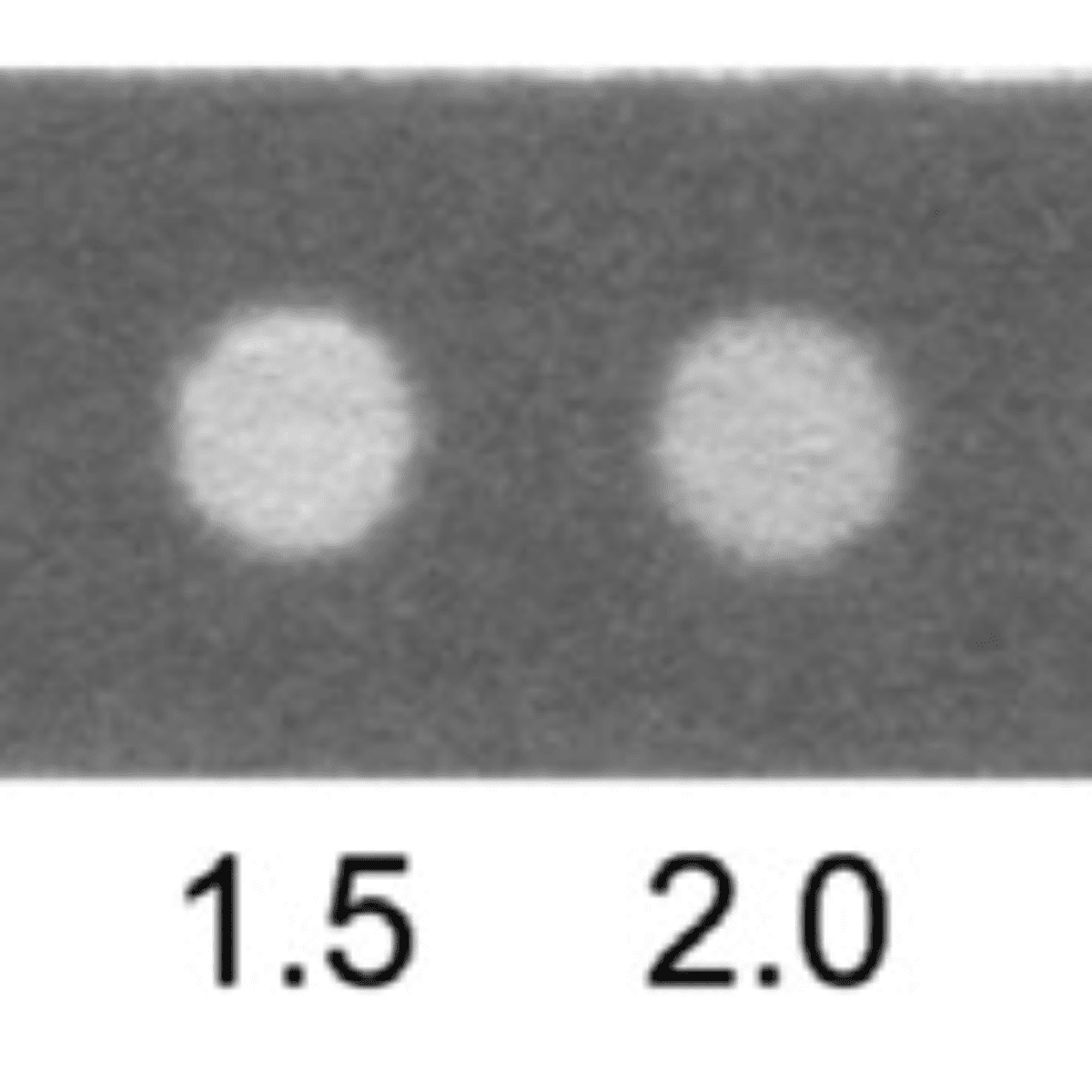
Scientists develop quick method for quantifying ascorbic acid in solutions.
Brazil is world leader in the production and exportation of orange juice. According to the Ministry of Agriculture, the country is responsible for 30% of the world’s annual harvest but 60% of the world’s annual juice production, 90% of which is exported. One of the parameters to evaluate the quality of the orange juice is the concentration of ascorbic acid. Commonly known as Vitamin C, the ascorbic acid is present in a great variety of foods and is widely used as preservative in industrialized products.
Researchers from the Brazilian Nanotechnology National Laboratory (LNNano), Brazilian Synchrotron Light Laboratory (LNLS), State University of Campinas (UNICAMP) and Pontifical Catholic University of Campinas (PUCC) developed a quick method for measuring the ascorbic acid content in solutions using a sensor made using silver nanoparticles deposited over chromatographic paper.
Vitamin C
The ascorbic acid plays an important role in the metabolism of animals and plants. It’s is also naturally produced by most of them, with the exception of some species of fish, bats, and primates – including us humans – which need to acquire this vitamin from their diet.
In mammals, the ascorbic acid is an important component in the production of collagen, the main protein in the connective tissue. The lack of vitamin C is responsible for the malformation of this protein, leading to a disease called Scurvy, which symptoms include gum disease and poor wound healing.
While very common in the past, this deficiency is now very rare, both due to the higher availability of foods rich in vitamin C and due to the addition of ascorbic acid as preservative in industrialized food products.
Besides the food industry, the ascorbic acid is also used as preservative in the pharmaceutical, chemical and cosmetic industry due to its antioxidant properties. The measurement of its concentration is then important for quality control in those products. Unfortunately, usual measurement methods are expensive and require sophisticate experimental equipment, large quantity of reagents and a long time for execution. This is often not compatible with industrial applications.
Silver nanoparticles
Focusing on portability and cost reduction, the scientists developed their method using a very common laboratory item: the chromatographic paper. Usually employed in the separation of chemicals, the paper is used here as support for a colorimetric reagent making up a sensor which changes color when in contact with different concentrations of a substance.
As this colorimetric reagent, the researchers used silver nanoparticles produced from silver nitrate and deposited over a region in the chromatographic paper. Next, solutions containing different concentrations of ascorbic acid were put in contact with this paper-based sensor. They verified that the region containing the silver nanoparticles would not only change colors, but the change also depended on the amount of ascorbic acid in the solution.

Figure: Colorimetric response of the paper-based sensor containing silver nanoparticles. The response shown is for ascorbic acid concentrations varying from 0 to 5 mmol.L-1 (milimol per liter). The higher is the concentration, the bigger is the color change.
Using the small-angle x-ray scattering (SAXS) technique at the SAXS1 beamline in the LNLS, the scientists investigated the average size and distribution of the nanoparticles before and after being exposed to the ascorbic acid. They observed the increase in size of the nanoparticles, which indicates that, upon interacting with the ascorbic acid, the nanoparticles acted as seeds for the transformation of silver ions into metallic silver due to the antioxidant properties of the acid. The increase in size is what causes the color change in the chromatographic paper and what allows the researches to develop a colorimetric scale for the concentration of ascorbic acid.
According to one of the researchers, Gabriela Furlan Giordano, the advantages of this method begin in how fast the analyses happen: “in thirty minutes, we managed to measure eight samples using a colorimeter, a portable and low cost equipment”. In addition, the paper-based sensor generate less residues by using less reagents than conventional methods.
The researchers also argue that the paper-based sensor is sensitive and precise enough for non-biological samples. In addition, the portability and stability of the sensors (under refrigeration and in the darkness) show an enormous potential for commercial applications.
This research was supported by São Paulo Research Foundation (FAPESP).
Source: D.C.M. Ferreira, G.F. Giordano, C.C.S.P. Soares, J.F.A. de Oliveira, R.K. Mendes, M.H. Piazzetta, A.L. Gobbi, M.B. Cardoso, Optical paper-based sensor for ascorbic acid quantification using silver nanoparticles, Talanta 141 (2015) 188-194, doi:10.1016/j.talanta.2015.03.067.
Researches look for new materials for extreme ultra-violet lithography.
Researchers look for substitutes extracted from sunflower oil